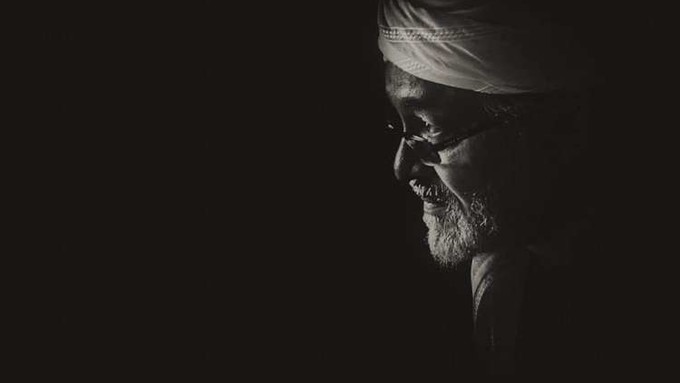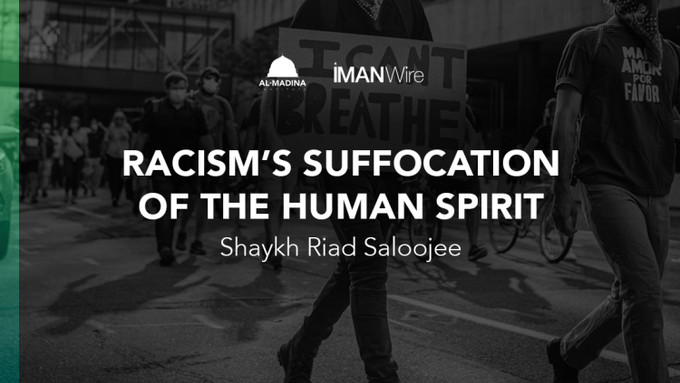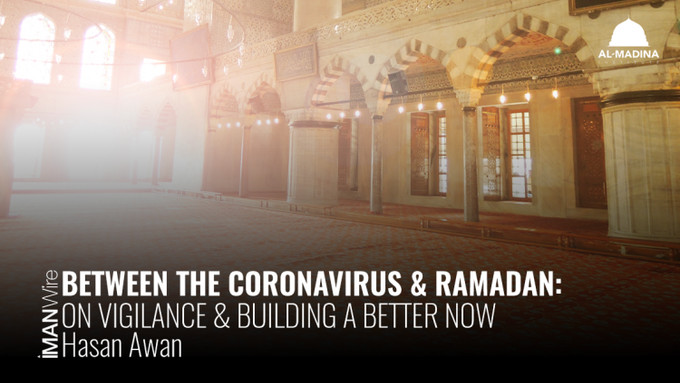Abdurrahman Depeler is a young award-winning calligrapher from Konya, Turkey. Inspired by the masters of old, Abdurrahman brings a unique style to his work, making him one of the most sought after calligraphers of our time. He shared his thoughts with Moutasem Atiya in this interview for ImanWire.
I have to start with this question before anything else, what is it like living in Konya? The city Of Mawlana Rumi.
It is a great feeling to live in Konya. Konya is like an open air museum due to being the old capitol of Salcuks and also being an ancient city.
It is also a city of great people of Allah (subhanahu wa ta'ala) such as Hazrat Mevlana and Sadreddini Konevi. I believe this great city where I spent my childhood and early teens also hosted many other great people whose names did not make it to us. May Allah be pleased with them all.
Learning the sacred art of Islamic calligraphy requires a lot of patience and determination, was there ever a point where you were ready to give up? If so how did you get through it?
That's correct. It truly does require a lot of patience and determination. However the more significant piece is the eagerness/enthusiasm. Allah provides an infinite amount of enthusiasm to those whom he is blessing with this art. After that point, it becomes easy just like a running stream finding its way to the sea. Alhamdulillah, so far, I have not come across a major difficulty. Whenever I came across a difficulty, I have always consulted my teachers (may Allah be pleased with them) and they always helped me find a way out.

Can an artist succeed in calligraphy without having a trained teacher? Can one do it on their own?
Yes, if Allah wills. But there are very few examples in the history of calligraphy where one did it on their own. Working with a teacher is the most important foundation in this art. There is even a proverb about this: "An art does not exist without its teacher".
Your brother, Seyit Ahmed, is also a calligrapher. How did both of you end up in the same field?
There is not that big of an age difference between us and our hobbies and areas of interest were always very close so naturally we were very much influenced by each other. We always felt the benefits of this and helped each out all the time.
Walk me through the process of a composition. Once you know what you are going to write, how do you come upon the final design? Does it just come to you, or do you try many sketches.
First we identify the inscription. Then we use pencils to practice and create drafts. If it shows a nice form, then I work on it with the yellow ink. This continues in a repetitive way until it finds its final form. Then we write it in the color we wish.
Is there a particular piece of the masters of old that moves your heart the most?
I try to follow the path of Sami Efendi and his students. But other writings also deeply affect me. There are many that really affect me but I will put in a few here.
Do you feel the world of calligraphy is bering commercialized by some calligraphers and even patrons? Please elaborate on your answer either way.

Both patrons and the calligraphers can sometimes think too commercially. I can somehow understand the artist thinking of it this way due to the challenges they have to provide rizq (provisions) for themselves, but I definitely cannot understand those who try to take advantage of people who are in hardship. Alhamdulillah I have never come across anybody in that way.
Any words of advice to those just getting into the art?
Just like in everything else, this is also a matter of nasib (destiny). When it is not one's nasib, it just does not work out regardless of the teacher or the school. I have experienced that a lot. I can advise those hoping they will have some benefit. With a good teacher, with the correct method, work with patience. And if possible, start at the age of 17-18. Because it takes a while to learn.
You write calligraphy for people to put in their homes. What calligraphy work do you have in your home?
I have been privileged with [works of] late Ottoman Calligraphy. Such as İsmail Hakkı Altunbezer, Kamil Akdik, Necmeddin Okyay, Hamid Aytaç, and Halim Efendi, and their students. Other than these, I was also privileged with some pieces from older teachers such as Kazasker Mustafa İzzet, Şefik Bey, Çırçırlı Ali Efendi, Şevki Efendi and Muhsinzade Seyit Abdullah. I try to get pieces from older times as much as I can.
You can follow Abdurrahman Depeler on Instagram.





